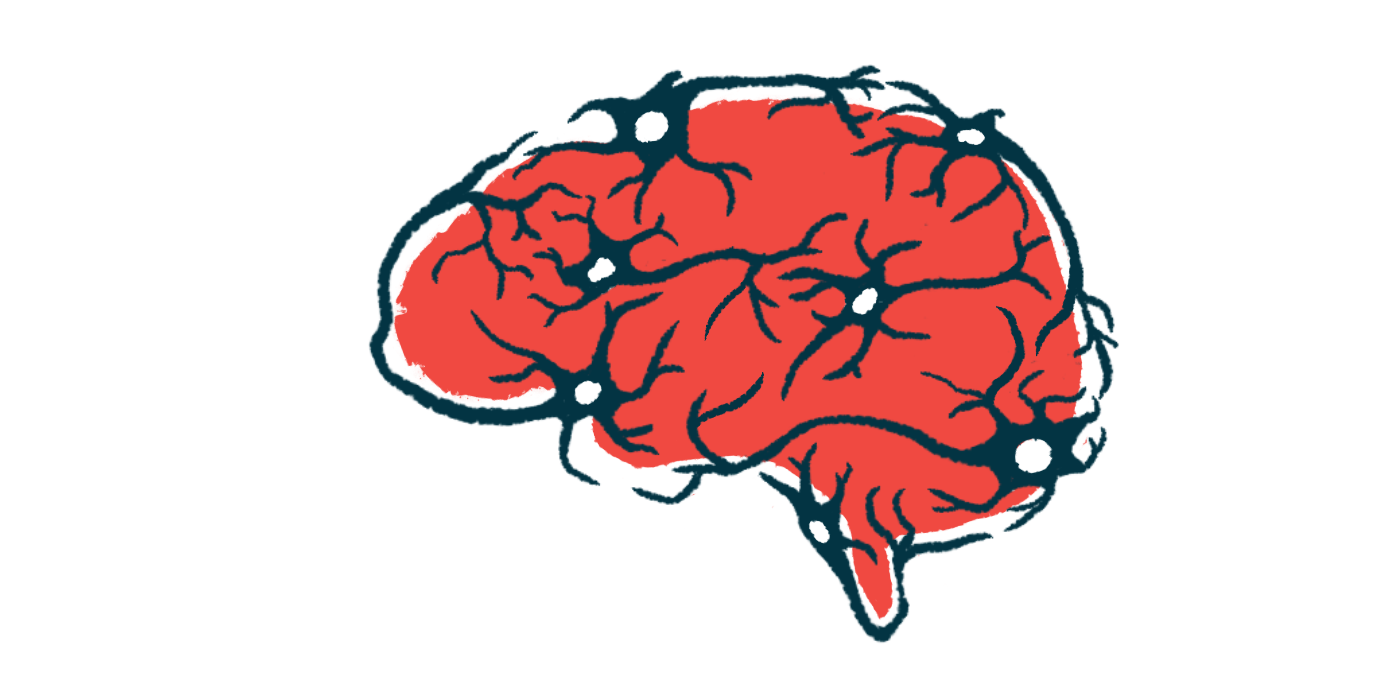Restoring ‘lost’ pathway of neuroprotection benefits MS mice
HB-EGF eased inflammation, promoted tissue recovery across disease stages
Written by |

Treatment with the neuroprotective protein HB-EGF eased inflammation and promoted tissue recovery across various disease stages in a multiple sclerosis (MS) mouse model, recent research suggests.
Researchers found that HB-EGF is produced by astrocytes, a type of nerve support cell, to ease acute inflammation early on, but this protective mechanism is suppressed in later stages, a finding that may explain why MS enters a progressive stage after early inflammatory attacks.
Reversing these suppressive mechanisms or HB-EGF supplementation may be a promising approach for treating MS and other diseases of the central nervous system (CNS), or brain and spinal cord, the researchers said in “The astrocyte-produced growth factor HB-EGF limits autoimmune CNS pathology,” which was published in Nature Immunology.
MS is an autoimmune condition wherein the immune system launches self-reactive inflammatory attacks that damage myelin, the protective substance surrounding nerve cells, in the CNS.
Active inflammation is prominent early on, but gives way to chronic neurodegeneration as the condition moves from a relapsing-remitting (RRMS) disease course to a progressive one. Available MS therapies ease inflammation and relapses, but have a limited effect on neurodegeneration.
Trophic factors are a family of tissue-protective growth factors believed to help support nerve cell development and survival, and may be protect the CNS against inflammatory damage. A failure of trophic and anti-inflammatory mechanisms might contribute to MS progression.
HB-EGF’s ‘dual roles’
Here, researchers saw that HB-EGF may be a key player, and therefore a therapeutic target. This trophic factor has known tissue protective properties, but a role for it in autoimmunity hasn’t been established.
The scientists looked at levels of more than two dozen known neuroprotective factors in cerebrospinal fluid, which surrounds the brain and spinal cord, of people without MS, those having a clinically isolated syndrome (CIS) attack, or RRMS patients having a relapse. CIS is marked by a single inflammatory attack that resembles an MS relapse from which patients generally recover. Some people with CIS will develop more signs of MS and be diagnosed with the neurodegenerative condition, but some won’t.
Results from the analyses showed that, compared with the other groups, HB-EGF was increased in the CSF of those with CIS, in whom higher levels of the protein were associated with fewer brain lesions. Among those with RRMS, however, HB-EGF levels seemed to decrease with each relapse.
Later experiments with a MS mouse model showed the protein is produced in the brain by astrocytes, key players in neuroinflammatory diseases.
The cells showed increased activity of the gene that produces HB-EGF in earlier disease stages, but this was reduced later on, despite clinical worsening.
When HB-EGF was inactivated, the mice didn’t recover as well from the initial relapse, inflammation was poorly controlled, and there was more nerve cell damage. HB-EGF also has anti-inflammatory and tissue-protective effects on several important cell types, other experiments showed.
Based on the findings, increasing the activity of this neuroprotective pathway later in the disease, when it normally stops being active, could be a promising therapeutic approach. To do that, the scientists needed to learn more about how HB-EGF levels are regulated, and why they fail later in MS.
They saw that certain epigenetic changes to the Hbegf gene, or certain chemical modifications made to DNA that can alter gene activity, caused it to be turned on in response to inflammatory signals in early disease stages. With chronic inflammation, however, these epigenetic mechanisms suppressed the gene.
When HB-EGF was administered into the nose, or intranasally, in the mouse model, disease severity was reduced and the animals had better recovery after a first attack. Evidence also indicated reduced immune cell infiltration in the CNS, less inflammation, and an increase in cell types important for myelin recovery. Benefits of the treatment were seen at multiple disease stages.
The findings indicate HB-EGF “exerts dual roles by attenuating CNS inflammation and promoting tissue recovery during acute and late stages,” the researcher said. “The newly discovered relevance of HB-EGF as an anti-inflammatory and tissue-protective factor in the context of autoimmune CNS inflammation may therefore not only drive the development of novel therapeutic strategies for MS, but also for other types of CNS insults.”






